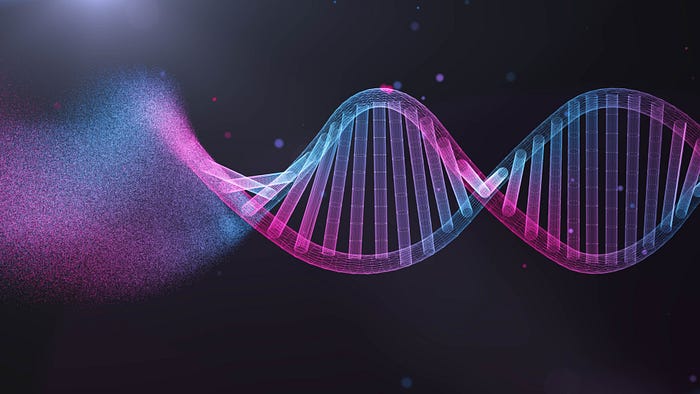Member-only story
Many Genes, Not Just One, Influence Sexual Preference
A new study suggests there is no ‘gay gene’

Your genes alone can’t predict whether you’ll choose a same sex-partner, but they do play a role.
That’s the conclusion of a major study published today in Science that looked at data from more than 470,000 people, including 23andMe customers and individuals in the U.K. Biobank, a government-funded medical database.
Researchers gave participants a questionnaire about whether they had ever engaged in same-sex sexual behavior and examined their genes. They discovered five variations in the human genome that those who reported same-sex sexual experiences tended to have in common. However, each genetic variant had a very small effect individually — that is, each variant on its own contributed very little to a person’s sexual behavior. Two of the five variants are common to both men and women, two are unique to men, and one was found only in women.
“There is no single gay gene but rather the contribution of many small genetic effects scattered across the genome,” said Benjamin Neale, a geneticist at the Broad Institute and an author on the paper, in a press conference.
Researchers estimated that these five variants, plus thousands of others that weren’t statistically significant…

